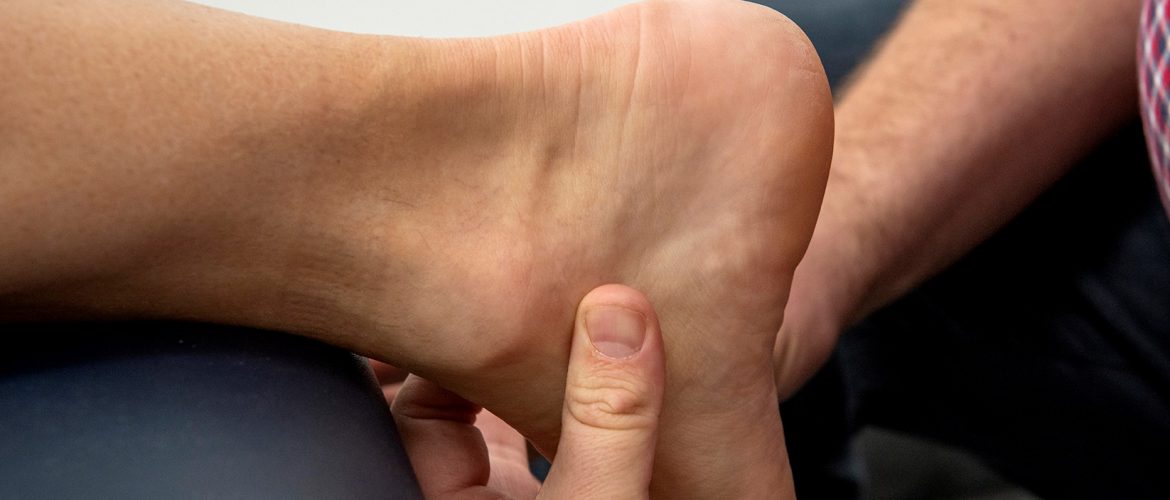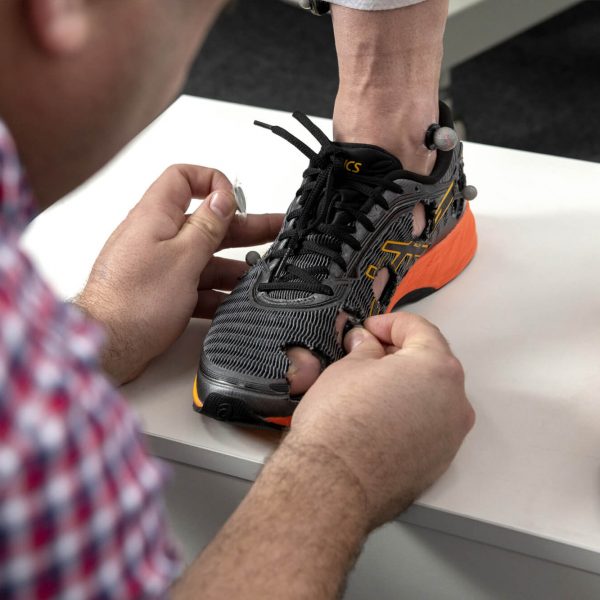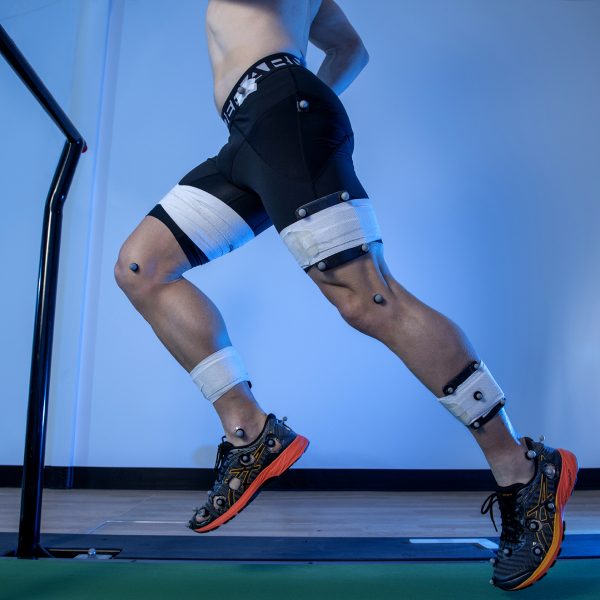It can happen to anyone. You don’t have to be a regular runner to get it. Likewise, it’s not about being over-weight. It is about managing the load that you apply on your body and ensuring that your body can handle it.
Achilles tendinopathy is one of the most common presentations of foot and ankle pain podiatrists see in practice. Whether you run or walk for exercise, think of the pain being a result of overuse in that your exercise volume or intensity has exceeded, causing swelling, pain and stiffness.
What predisposes someone to be at risk of Achilles tendinopathy?
Strength is a big factor. Your calf muscles are responsible for developing the power required to move your body forward. If they aren’t strong enough to handle this step after step, they will be required to do more work, fatigue quicker and ultimately results in development of pain, stiffness and swelling.
The structure and function of your foot has a big role to play. The biomechanics of your foot and ankle can place extra stress on the Achilles tendon.
You need to manage your load and the stress placed on the muscles and tendon. If you do too much and don’t allow the tendon to recover, you may develop pain and symptoms.
Is it ok if my tendon is painful?
Tendons adapt to load and that means that when you load them, this can come with some pain. But this is ok. Tendons respond to load. As much as we expect tendon pain to get less the more you load them, it is important that you monitor your pain and get the help when you need it. The general rule of thumb is a maximum of 4/10 pain on a 10-point scale. Any more and you need to be seeing a well-educated Sports Podiatrist.
What do I do if the pain gets too much, or I can’t exercise?
This is a sign that your tendon is not responding, and you likely need some professional advice. You need to book a time with a sports podiatrist who understands tendon pain so they can help you towards your recovery.
At The Biomechanics Lab, we have a firm view that we need to load your tendons to a capacity you can handle. We can then develop a program that will progress your rehabilitation to the point you no longer have pain and can return to exercise and/or sport. Our approach is based on a 5-phase treatment program that will:
- Identify your problem and make a diagnosis as to what is causing your pain
- Implement a short-term management plan to reduce the intensity of your pain and symptoms.
- Take the time to understand the cause of your pain so we can design an effective treatment program.
- Implement a strength and conditioning program to ensure you can handle the loads placed on your Achilles tendon when you exercise or play sport
- Implement a return to sport program that not only gets you back to sport and exercise but keeps you there and minimises your chance of re-injury.





